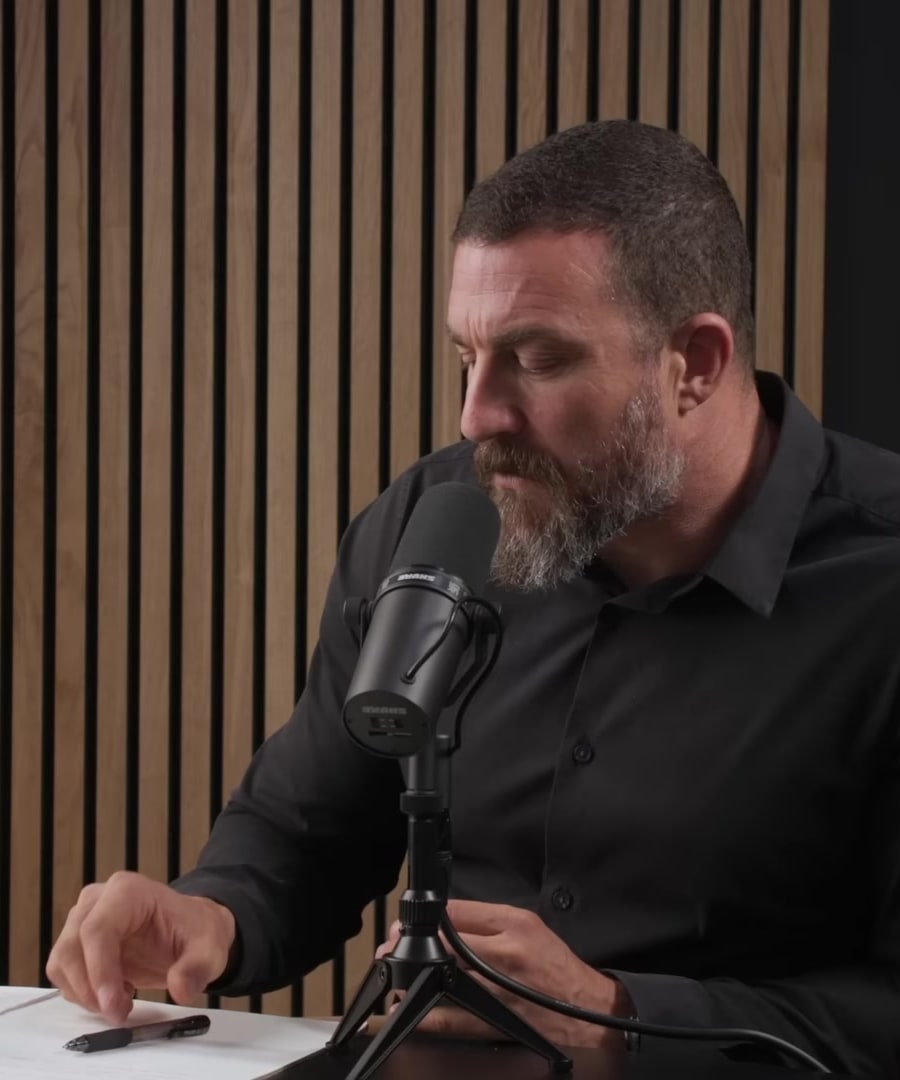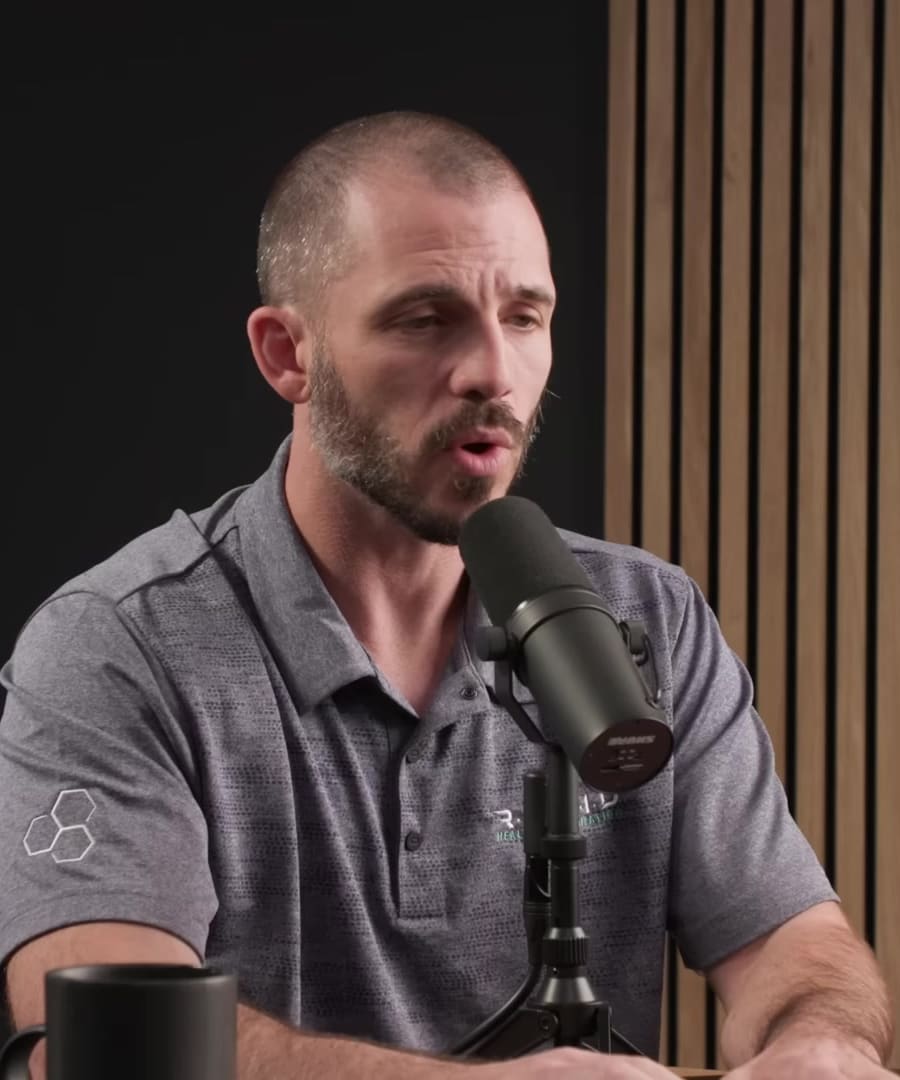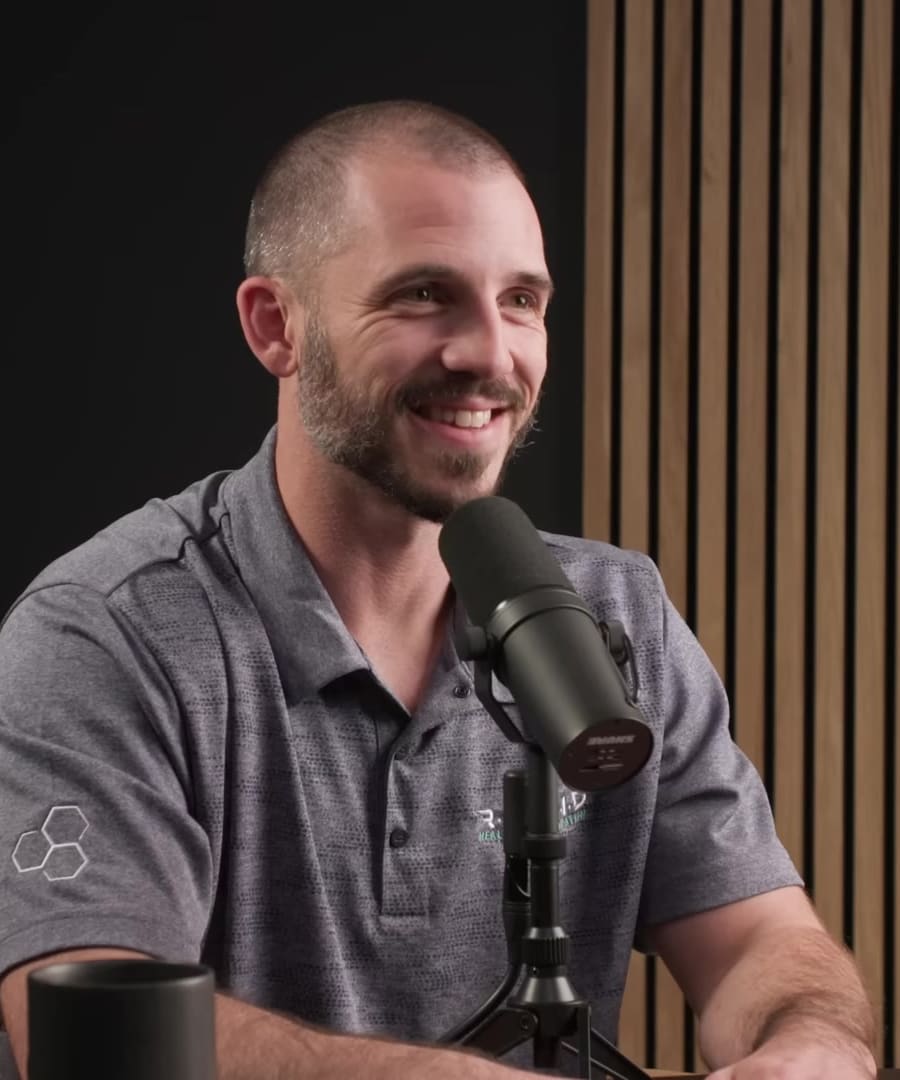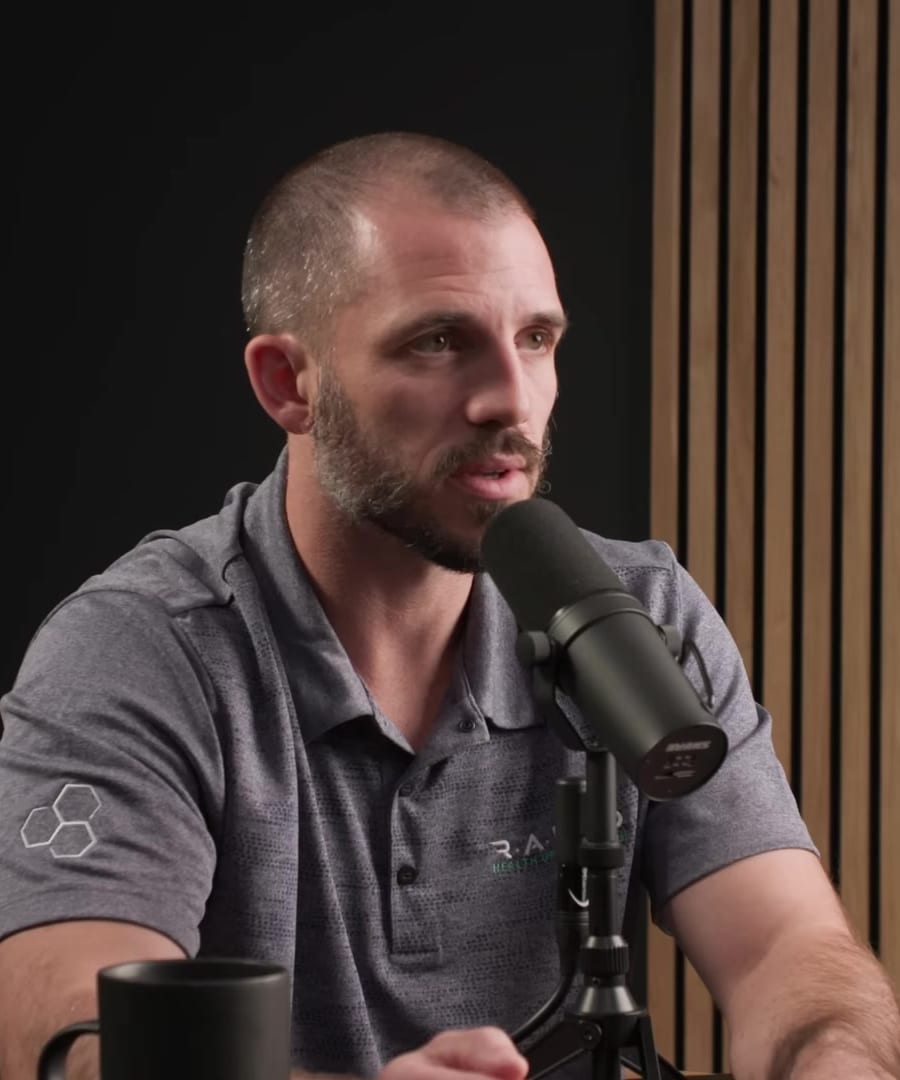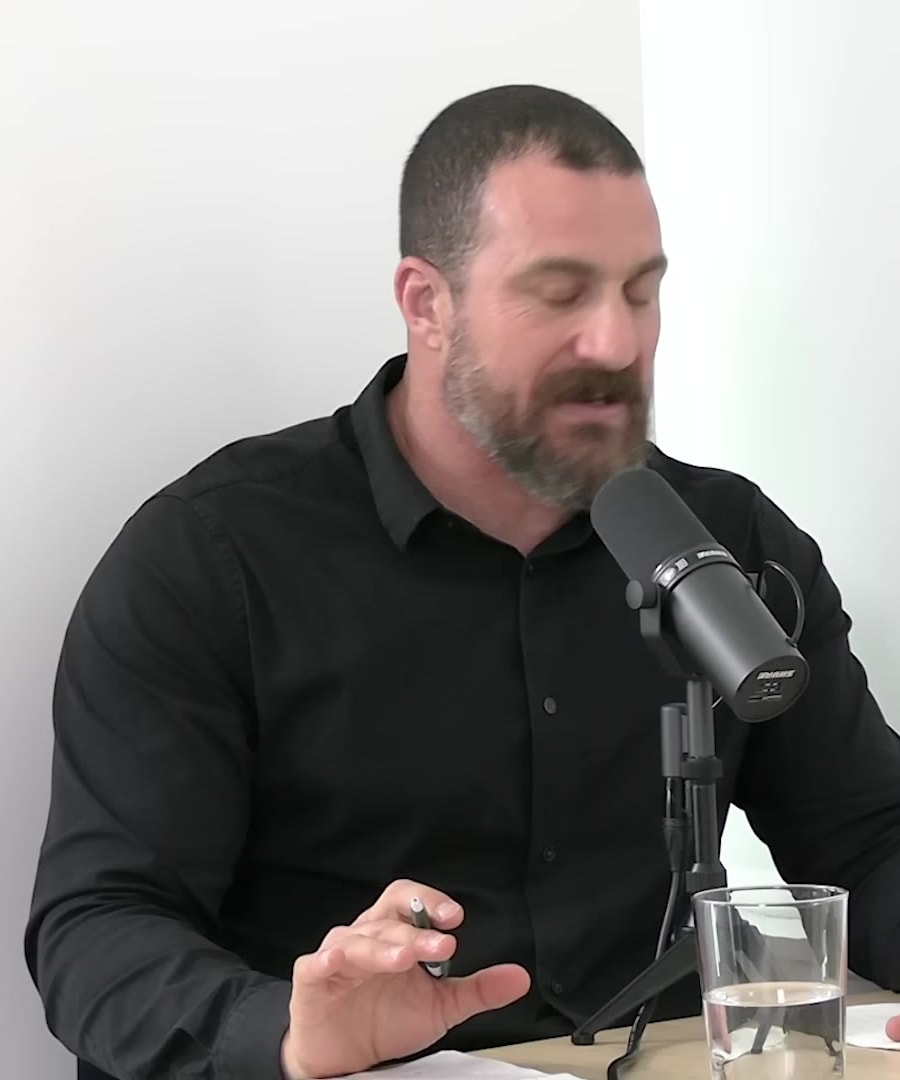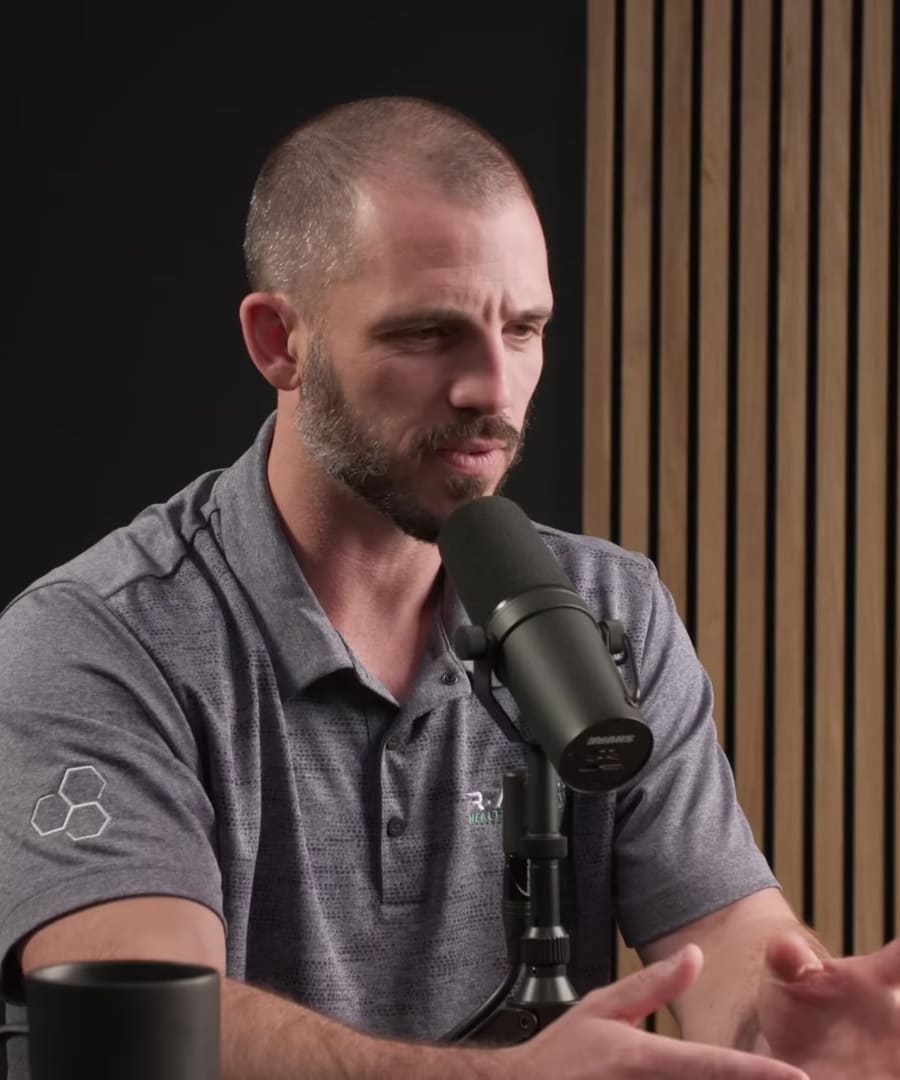hypertrophy
Sources:
Muscle hypertrophy, the increase in muscle size, can be achieved through several mechanisms and training protocols. outlined the basics, explaining that hypertrophy results from stress, tension, and damage to the muscles, similar to principles of neuroplasticity 1. It's essential to challenge muscles in specific ways to stimulate growth 2. , an expert in exercise physiology, further discussed that hypertrophy involves an increase in contractile proteins, and provided insight into the processes of muscle protein synthesis 3.
For inducing hypertrophy, numerous training styles are effective due to the broad range of stimuli muscles can adapt to 4. Galpin also mentioned the difference between contractile protein hypertrophy and Sarcoplasmic hypertrophy, indicating that muscle size can increase from fluid retention without an increase in strength 5. Additionally, proper neural control of muscles, known as the mind-muscle connection, can predict one's efficiency in building muscle strength and size 6 7.
Key points for hypertrophy training include targeting all muscle groups safely and with intensity, as well as ensuring there is progression, like adding more weights or increasing tension over time 8. Consistency in exercise selection is crucial, focusing on movements that trigger the desired muscle growth response 8.
For further details on the science and practical aspects of muscle growth, please check the full episodes on the featuring and other experts discussing optimal protocols to build strength and grow muscles.
RELATED QUESTIONSI want to learn more about training tips for muscle hypertrophy.
Sources:
When it comes to training for muscle hypertrophy, there are several key points and tips provided by and :
Progressive Overload:
- Intensity or volume can be increased slightly each week; consider periods of deloading after every 4-8 weeks to avoid burnout or overstressing, thereby facilitating longer-term progress 1.
Exercise Selection and Mind-Muscle Connection:
- Focus on challenging muscles rather than simply moving weights; the ability to contract certain muscles strongly can indicate the potential for muscle growth 2.
- Consistency in exercise selection is important, and the exercises should allow for sufficient intensity close to failure, without risking safety 3.
Volume and Frequency:
- A minimum of 10-20 sets per muscle group per week is recommended for hypertrophy, which can be divided across multiple training sessions 1.
Repetition Ranges:
- Rep ranges from 5-8 can yield a combination of strength gains and hypertrophy, while 8-15 reps per set are most effective for maximizing hypertrophy 4.
- The recommendation includes going close to failure, especially on safer exercises, with a focus on maintaining good form 1.
Rest and Recovery:
- Rest between sets can vary from 30 seconds to 2-3 minutes, depending on the load used, to maximize hypertrophy while aligning with the number of repetitions 1.
Hormonal and Nutritional Factors:
- Hormonal and nutritional aspects also contribute to hypertrophy, with training tailored to challenge the muscle in the right way 5.
General Principles for Hypertrophy:
- Exercise choice and order offer flexibility, but it is beneficial to target all muscle groups with exercises you can perform safely and with enough intensity 3.
- Aim to improve over time, either by adding more weight, increasing tension, or adding metabolic stress 3.
Frequency for Hypertrophy Training:
- Training a given muscle group every 48 hours may not offer additional advantages over different frequencies, as the protein synthesis response post-exercise starts to taper off after about 48 hours 6.
Nutrition and Protein Synthesis:
- Adequate protein intake can independently stimulate protein synthesis and muscle growth, even without exercise, though combined with training, it offers additive benefits 7.
For more detailed discussions on these topics and to see the full context of these insights, consider listening to the relevant episodes of the podcast.
Thank you for your feedback!RELATED QUESTIONS
hypertrophy
- RELATED QUESTIONS
I want to learn more about training tips for muscle hypertrophy.
- Thank you for your feedback!RELATED QUESTIONS


